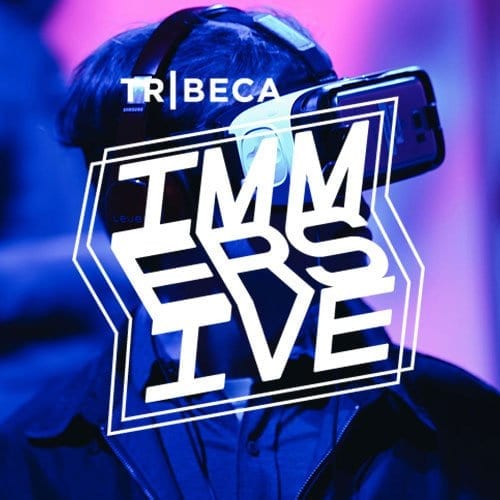VR, MR, and AR are the acronyms of future technologies, where the second letter “R” is “reality”, and the first letter indicates its type. VR is virtual reality; MR – is mixed reality, and AR is augmented reality. They can be used in education interchangeably.
VR is the virtual reality that requires glasses with or without sensors. Putting on VR glasses, you are immersed in a fictional or recreated environment. For example, you can get to Mars or walk the streets of New York. Look around, rotate 360 degrees and see around the craters or the lights of the Big Apple., when staying at home, in a five-story building.
AR is augmented reality, which most became familiar with when playing Pokémon Go. After downloading the AR-application on your smartphone, you can see additional digital objects in space – from the human heart (Google Expeditions) to living pictures (ZIR).
MR is a mixed reality that typically combines both technologies. These technologies are also called immersive technologies – the collective name of all technologies that include human interaction with space, information, content. They blur the line between the real and the fictional worlds. Allow you to interact and immerse yourself in information and product.
Virtual and Augmented Reality in Education
VR / AR market estimates look promising up to $ 170 billion by 2022, where e-commerce will account for around $ 90 billion. You must immediately understand that education is, in itself, a long-term investment. Visible results appear years later.

At school, university, virtual reality will help those who commonly request “do my work for me”, to enhance a better understanding of complex concepts. A good example is the lungs. The teacher can explain the functions of the lungs for a long time, how they look inside and out, in words. Now imagine that due to virtual reality, it will be possible to “visit” inside the lungs, to see with your own eyes. It is unlikely that you will ever forget what alveoli are and what they serve.
Virtual reality is suitable for the beginning of the lesson, to immerse in a specific topic, the middle - to visualize some kind of complex concept. Or the virtual reality piece can be used at the end to inspire the student to do their homework.
This, of course, is not about spending 45 minutes in virtual reality. This is primarily an effective tool and not a panacea or a substitute for all methods. Besides, different countries have different training programs – making universal solutions is extremely difficult. But this does not mean that you do not need to try.
Measurement of the AR and VR in Tools
AR and VR tools’ performance should be measured in numbers. For example, Yale has tested VR training for gallbladder surgery. The authors of the study found that the VR group was 29% faster and made mistakes six times less. A study on the topic “The Impact of VR on Academic Activities,” conducted in Beijing, showed similar results. Two groups of children were taught the same discipline but in different ways. The first group is focused on using the traditional methods, the second – using virtual reality. Students of the first group scored an average of 73% in the final test, students of the VR group - 93%. The VR team also showed a deeper understanding and retention of knowledge after two weeks.
VR / AR in Education in Practice
Having made many presentations and lessons at schools worldwide, you can say that teachers are very conservative – technologies will not soon become widespread in the educational process. Although in the corporate sector, changes are much faster.
To use virtual reality technology in schools, it is necessary to purchase VR glasses. Today, there are already more than 20 free applications in various subjects that can be integrated into lessons. For example, Google Expeditions provides more than 700 ready-made photospheres on topics that even have a short description of the topic for the lesson. The introduction of this technology in education is a rather lengthy process since it is first necessary to train teachers. However, if you do not start today, then tomorrow it will be too late.
VR and AR project founders have been engaged in interactive technology for over 8 years. The projects specialize in developing virtual and augmented reality applications, 3D modeling and animation, and creating 360-degree videos. In the future perspectives, the innovative incentives in the education technologies, the new approaches should be developed in close accordance with the global eco-friendly initiatives.



